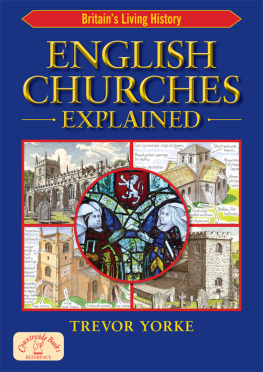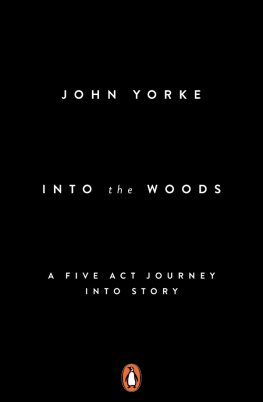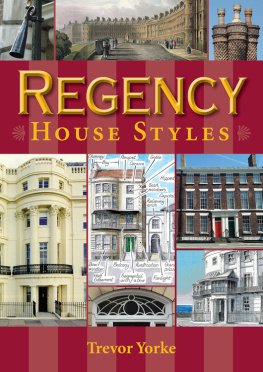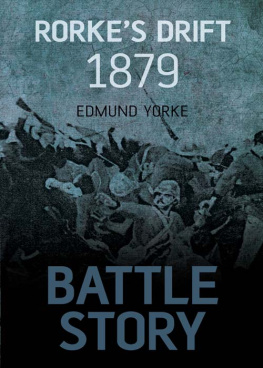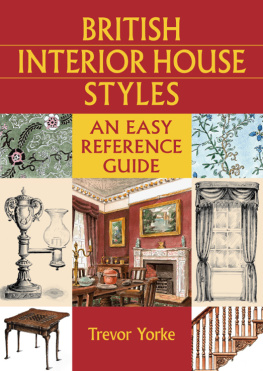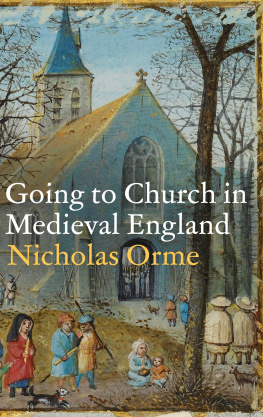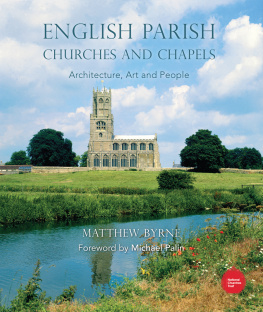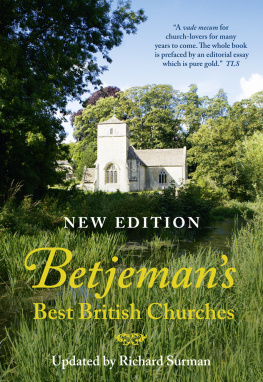All rights reserved. No reproduction
permitted without the prior permission
of the publisher:

S ome buildings are old. My last house was built in 1857 and its Victorian features and generations of occupants were part of its appeal. Some buildings are very old. Churches are very, very old, however, and the depth of history buried within their walls is breathtaking.
There are well over 10,000 which can trace their origins to the medieval period and many even further back in time. Take Brixworth church, for example: its first phase of construction took place barely a few hundred years after the Romans left; bricks from their buildings were used in its walls. It would have been a venerable edifice when William the Conqueror landed on these shores and over 900 years old when Henry VIII established the Church of England! Its stones have borne witness to Viking invaders, chivalrous knights, and battling Roundheads and Cavaliers. Yet, in the building you see today, there are traces of the incredible journey through time that this structure has taken. In its form and decoration can be unravelled the changes made to it by countless ambitious and powerful men over its 1,400 year life.
It was while drawing this building I first became aware of this vastness of time and that each arch and section of wall could be pinned to a stage in its development. I had always been fascinated by churches, but as a tool in landscape painting. So it came as a pleasant revelation when, after years of studying their form for artistic composition, I could begin to recognize them for their architectural value and date their various parts. This laymans book is an attempt to put the period styles of the church fabric and decoration into a simple-to-read form packed with photographs, pictures and diagrams.
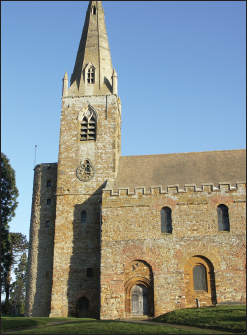
FIG 0.1 BRIXWORTH, NORTHANTS:As is typical of most churches there is work from many ages, in this case from 7th-century arches to a 13th-century spire.

FIG 0.2:Labels highlighting some of the features of a parish church mentioned in the book. Note the points of a compass as most old churches will be aligned on an east-west axis with the chancel containing the altar at the east end.
The first section takes a journey through history, showing the changing architectural fashions and what you can see today. In each chapter is an imaginary church called Exemplar which shows you what parish churches would have looked like in the relative periods. The second goes inside and explains the various fixtures and fittings within. There is also a final section with further information, a time chart and glossary of terms. The book focuses upon the secular side of the church and is intended to help the reader recognize the ordinary so they can better appreciate the extraordinary. The spiritual side is of such depth that this is left to other ecclesiastical publications, some of which are listed in the bibliography, while many others are available through Christian bookshops.
One element of a church which cannot be simplified into these neat compartments is the material it is made from. Those of medieval origin are vernacular buildings, erected with local materials and by local masons. The stone required for the walls had to be obtained from close at hand, only those with an extremely wealthy benefactor could afford to import it from outside the region. Those who built it probably were based in the area and rarely travelled far, so developed indigenous variations on the fashionable themes of the day. It was only with the appearance of the architect in the 18th century and improved transportation in the 19th that these vernacular forms were swept away by non regional styles and mass produced fittings.
Old churches stand today therefore as a record of the geological nature of the country. In the west there are notable outcrops of red sandstone, millstone grit along the Pennines and granite in the South-west. In a line from Dorset to Yorkshire runs a spine of limestone including the rich colours of the Cotswolds and Northamptonshire. To the east of this, good building stone is scarce and churches can be found with rough walls of flint, cobbles and chalk. This oversimplified plan is then peppered with localized outcrops, so even in an area of poor material you can suddenly come across a fine stone church. This variety is one of the great appeals of English churches, no one is the same as another. Yet, underlying this bewildering assortment, there are styles of feature and decoration which can be pinned down to a certain period. Turn over the next page and begin the journey through time and see what you can recognize the next time you pass by or visit a church.
Trevor Yorke
www.trevoryorke.co.uk |  |
Follow me on Facebook |
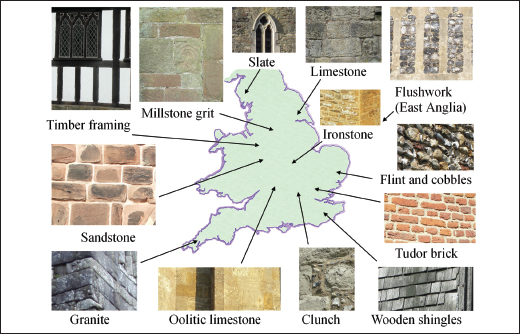
FIG 0.3:A map of England with photos of some of the stonework which is distinctive of certain areas.
CHURCHES
THROUGH
THE AGES

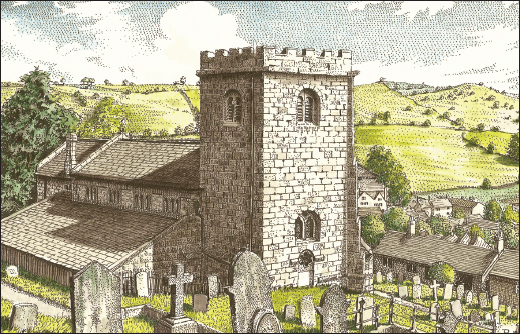
FIG 1.1 BRASSINGTON, DERBYS:This church set on the edge of the Peak District was built in the 12th century, yet as with most examples from this period the evidence is buried under later changes. The stocky, plain tower with its distinctive round-arch bell openings is the only part in this picture which is instantly recognizable as Norman.

